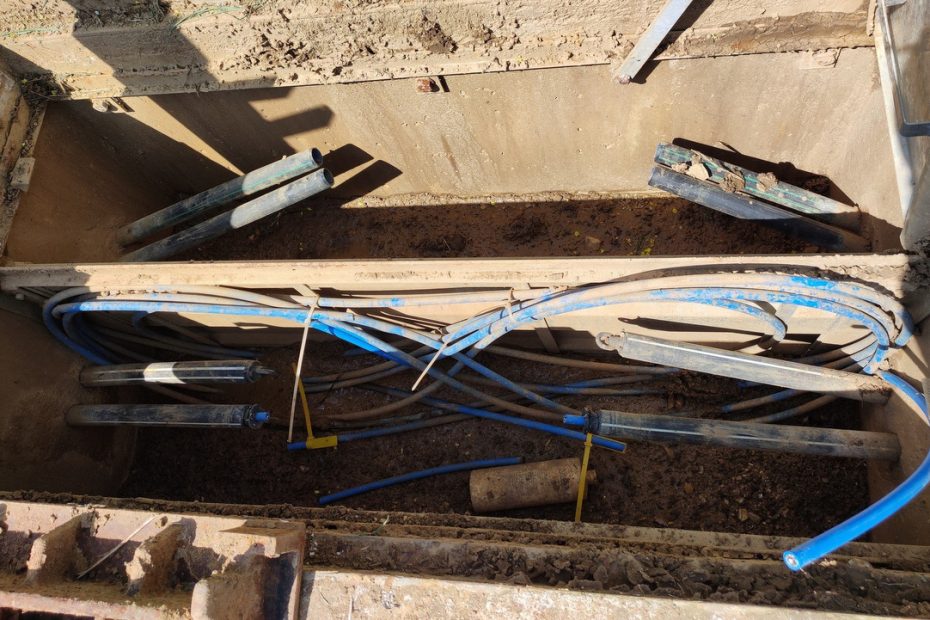A secret Internet cable was cut in France
More information about the hacking of the Paris internet cables was released, exposing the weaknesses of several key communications technologies.
On April 27, an unidentified person or group cut internet cables in the Paris area, leaving thousands of people without internet access. It became one of the most notorious attacks on internet infrastructure in French history.
Three months later, French internet companies and experts familiar with the matter said the vulnerability was more serious than initial reports and called for more security measures to prevent similar attacks. Wired According to a source in the French telecom industry, up to 10 Internet and infrastructure companies, ranging from network providers to cable operators, were affected by the attack at the end of April.

On the morning of April 27, one of the cables broke during an attack near Paris (France). See: Twitter / free_1337.
The incident began on the morning of April 27th. Within two hours, several sections of the cable were severed and destroyed in three locations north, south and east of Paris.
“These people know what they are doing. They target the main cables connecting Paris to other parts of France. This is affecting internet access in many parts of the world,” said Michel Combot, director general of the French Telecom Federation. . More than 10 member companies.
The three cable failures occurred simultaneously and in a similar manner, separating them from previous attacks on telecom towers and internet infrastructure. The company’s CEO Nicholas Gillim said: “The way they cut the cables causes a lot of damage and takes a lot of time to fix and it also draws media attention. This is the work of professionals.” One of the ISPs “Nasca Group” said it was directly affected by the attack.
An image posted by Free1337 on Twitter shows an exposed cable duct with damaged wires inside. Each thread was 25mm in diameter and was cut using a chainsaw or similar tool. Many fibers are severed in multiple places and some pieces are missing, making the repair work more difficult than a single cut.
“You need more cables and soldering work on both sides. It takes a lot of time and complexity,” says Arthur Laudrin, a researcher in international relations and politics at the University of Oxford in the UK.
In France, Internet backbone cables are often routed over infrastructure such as railways and sewers. Laudran believes that the attackers must know the location of the cable duct and have information about the specific target since the cable was cut there. “It requires the coordination of many different groups.
“We were stuck for a couple of hours because the backup pipe broke,” Guillaume said, adding that the repair process took dozens of hours.
At this point, information about who is behind the attacks, as well as their true motives, remains a mystery. No individual or group took responsibility. French police said an arrest had been made in connection with the incident.
Kombot said on April 27 that the broken cable is one of several attacks on France’s telecommunications infrastructure in recent years. Although it is only local and large-scale Internet connections are difficult to disrupt, this does not mean that the Internet connection can withstand the dangers of the cable network.
“There are many vulnerabilities in the world,” he said, pointing to Egypt, which has many undersea cables connecting Europe and Asia, as one place.
diving ann (Consequences Wired)
